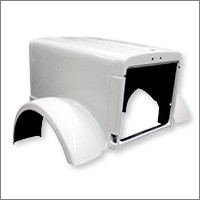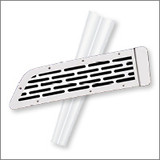
Peterbilt 352 Hoods & Related
Explore top-notch Peterbilt 352 hood essentials at 4 State Trucks - hood emblems, replacement parts, and trim. Elevate your rig with high-quality gear tailored for your Peterbilt 352 for a perfect fit and superior style. Find all you need to upgrade your rig with ease.
-
 Peterbilt 352 Hood Emblems & Bezels
Peterbilt 352 Hood Emblems & Bezels
-
 Peterbilt 352 Hood Replacement Parts
Peterbilt 352 Hood Replacement Parts
-
 Peterbilt 352 Hood Trim & Accents
Peterbilt 352 Hood Trim & Accents



